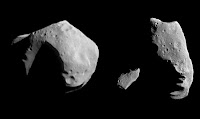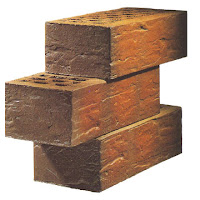Liquids are necessary for both plants and animals. Both blood, which is a liquid, and sap, another liquid, carry nourishment through the bodies of animals and through the stems and leaves of plants. Without this
nourishment they would die.
Without liquids there would be no oceans, no running brooks, no lakes and no rain.
All matter has three conditions. It may be a gas, it may take the form of a solid, or, finally, it may be a flowing liquid.
Those who have seen water turn to ice or have watched steam pour from a kettle know that matter which is normally liquid may become either a solid or a gas. However, matter is called liquid if that is its normal form under ordinary conditions of temperature. In many cases, also, conditions of pressure may change liquid to
another form.
Modern day scientists have even been able to make normally solid matter assume liquid form. Such is the case in some of the new processes for turning coal into liquid, at normal temperatures.
The small "pieces" which go together to form all matter are known as molecules. These are held together by an action called cohesion. Cohesion is strongest in solids; the greater the cohesion the more "solid" the matter.
Liquids are "liquid" because their cohesión is less. Their molecules can move about to a greater degree than in solids, and so they flow into a container and take its form.













































